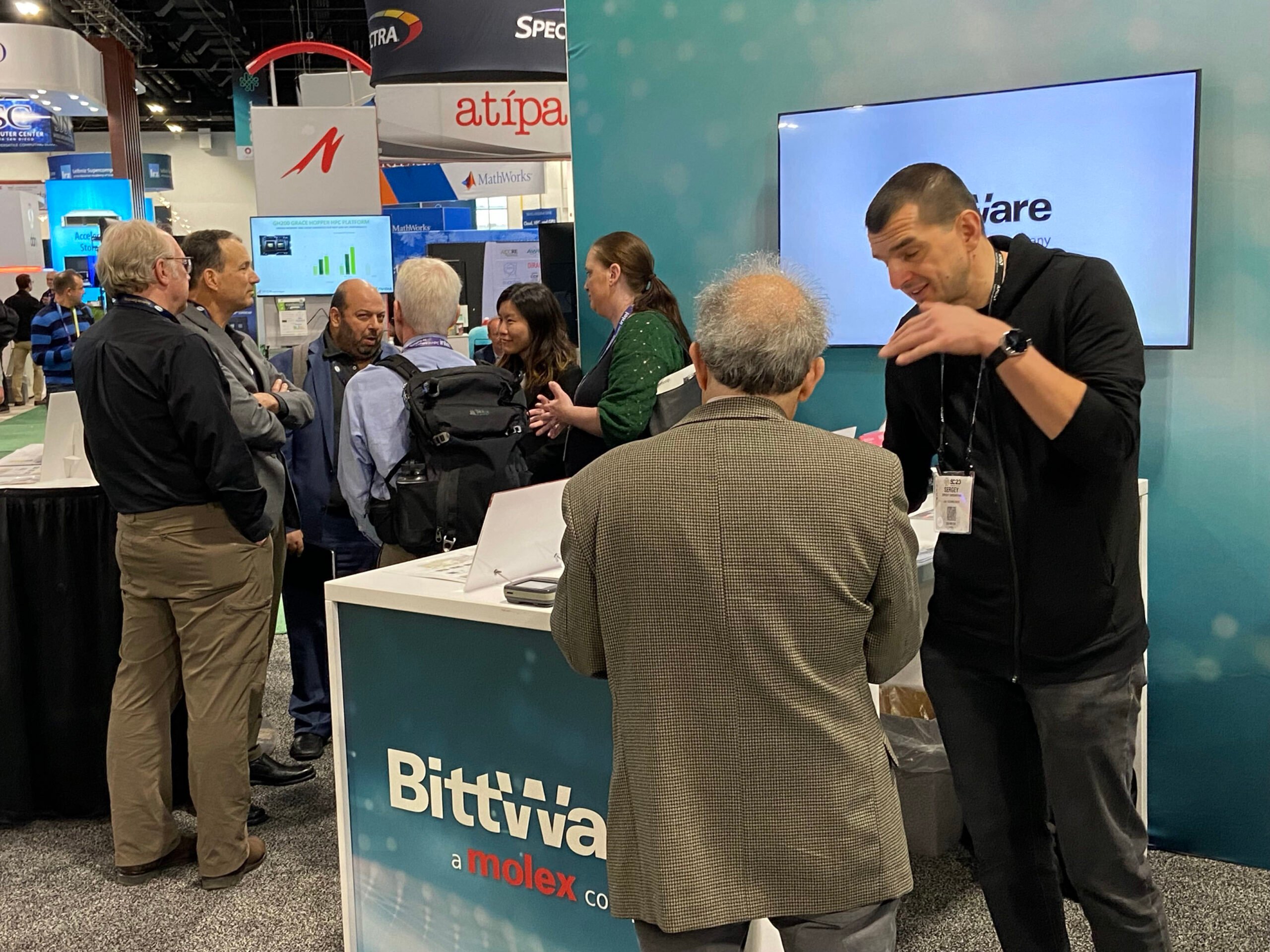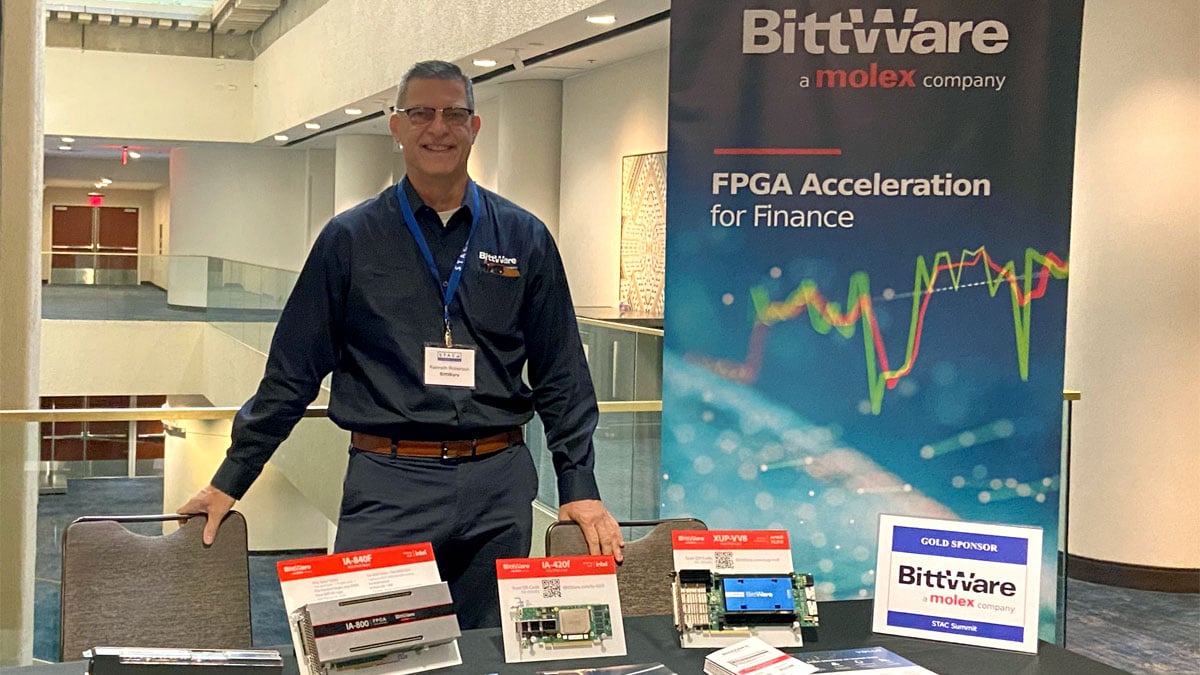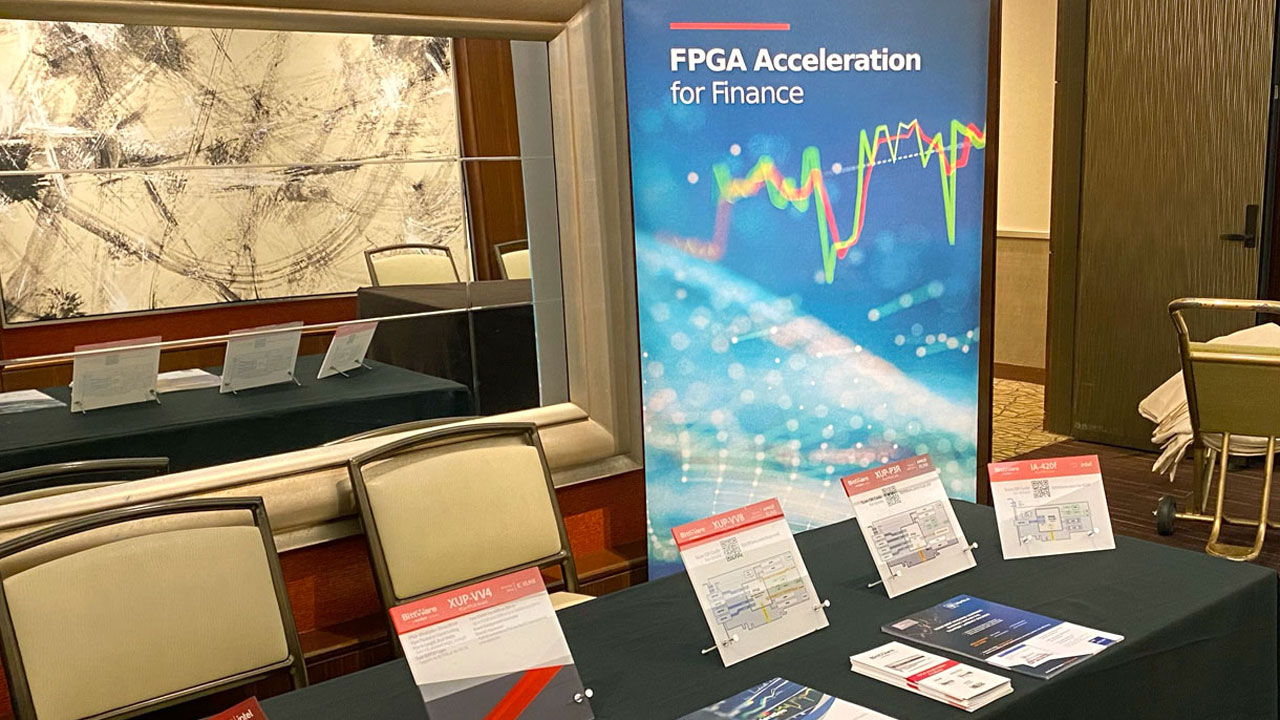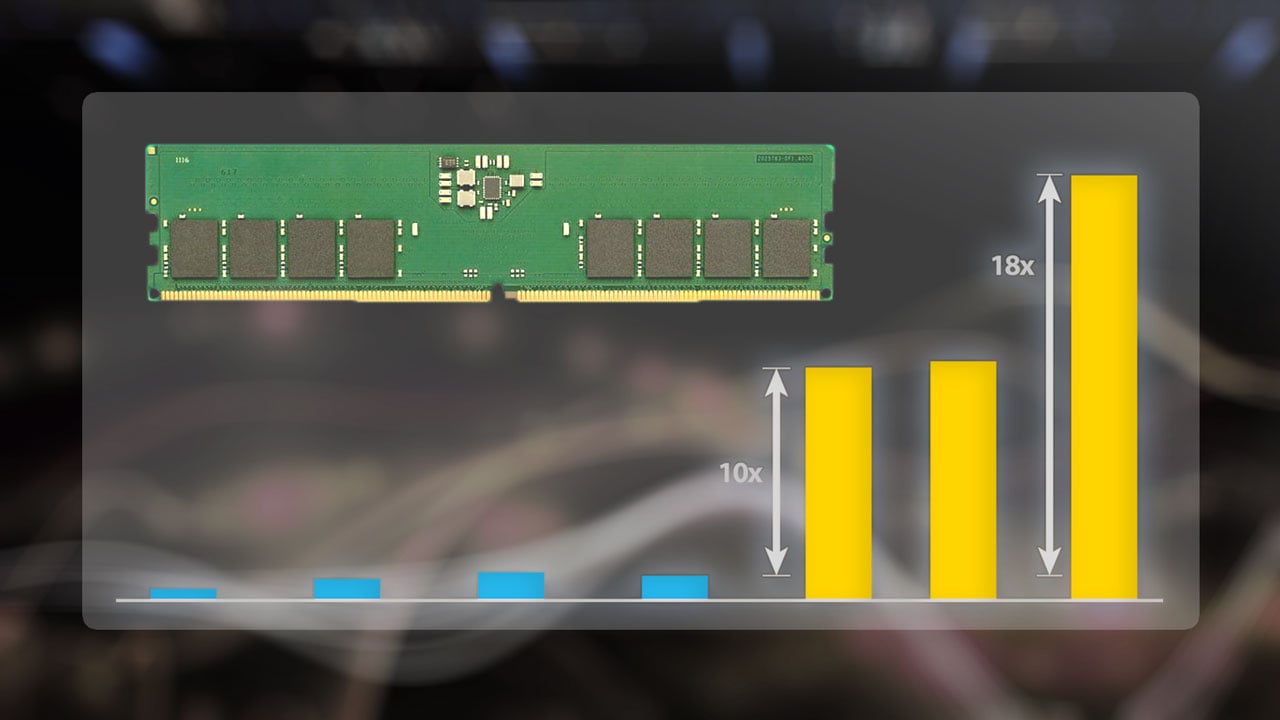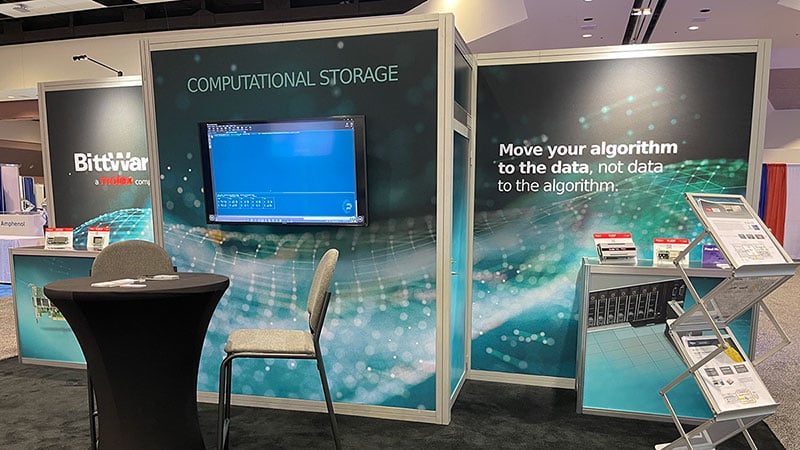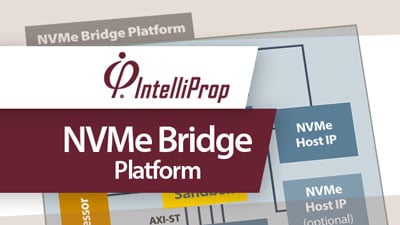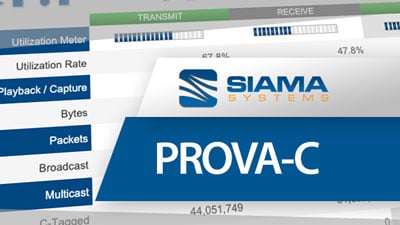Latest News
Customer + Partner Stories
What We Do
We make enterprise-class acceleration hardware enabling customers to quickly deploy solutions with low risk.

Hardware Acceleration Products
From COTS PCIe cards to fully custom solutions, BittWare is your partner for hardware acceleration. Our silicon partners include Achronix, AMD, and Intel with their latest FPGAs and SoCs powering our enterprise-class cards, modules, and TeraBox™ servers.
Solutions Focus
AI/ML Inference Acceleration
Our solutions partners include AI/ML experts, as the market moves toward more optimized inference solutions.
Solutions by Market
We serve a range of markets with our acceleration solutions. Choose a market you’re interested in to learn more about how we can serve you!
BittWare Partners
From IP cores to deployment, our partners help you get to market faster with lower risk.
Why BittWare?
We are the only vendor-agnostic hardware provider of critical mass able to address demanding enterprise-class requirements for customers deploying solutions in volume.
